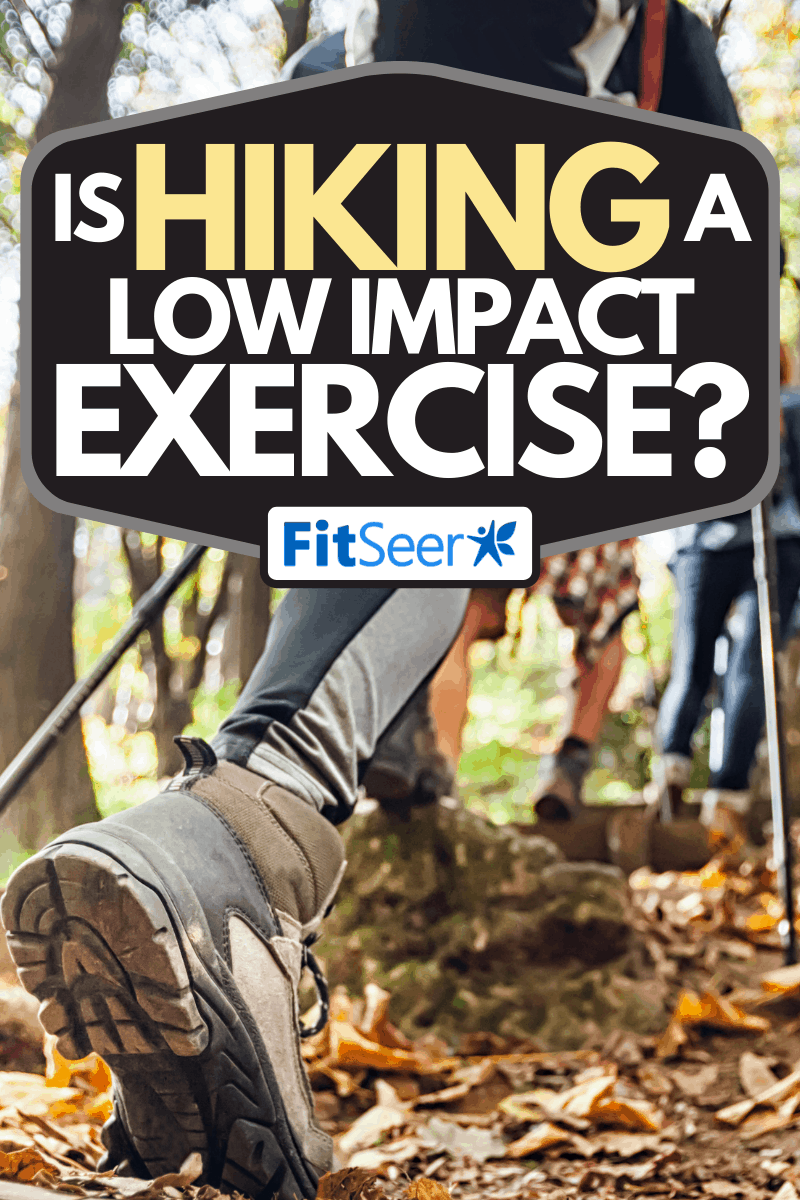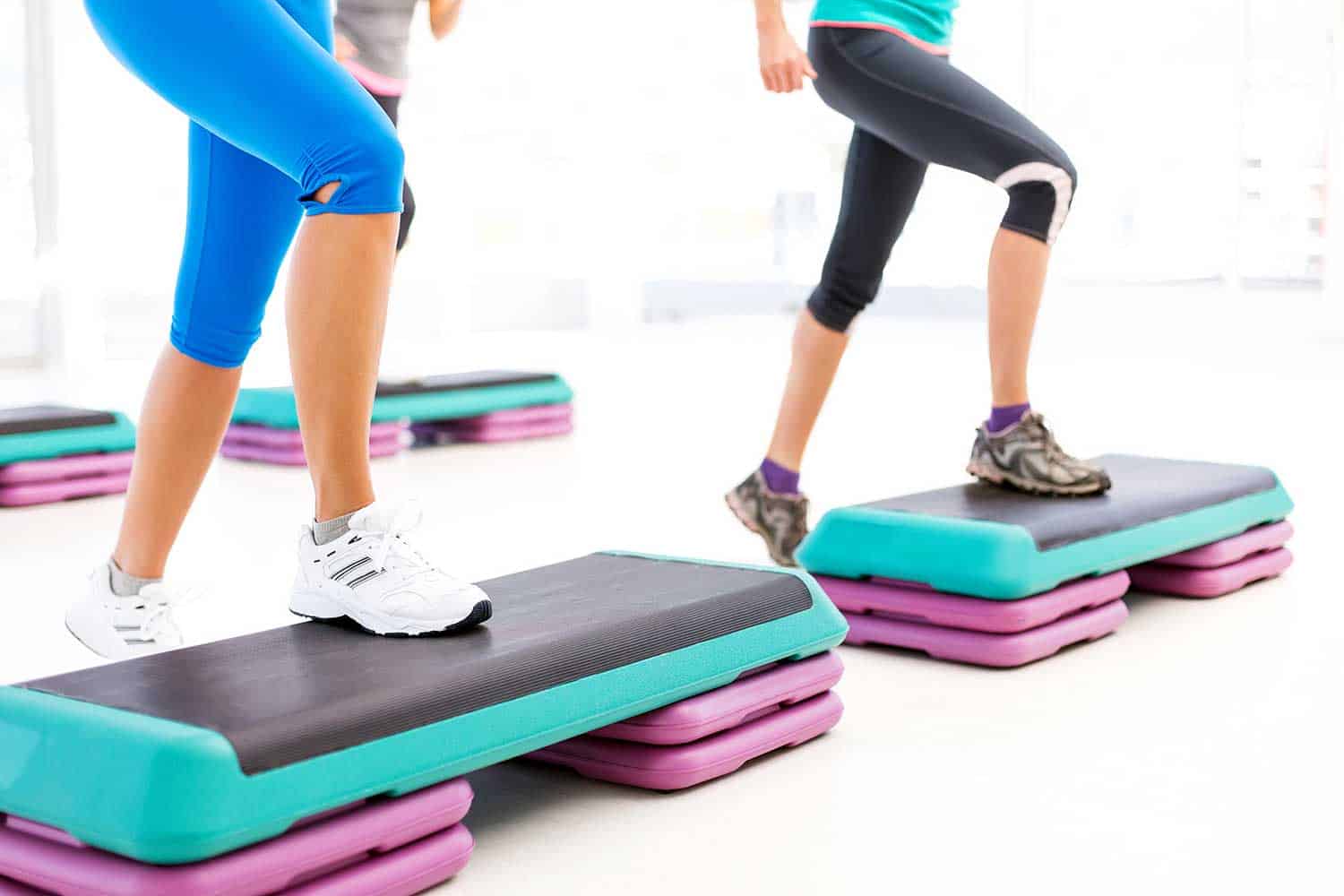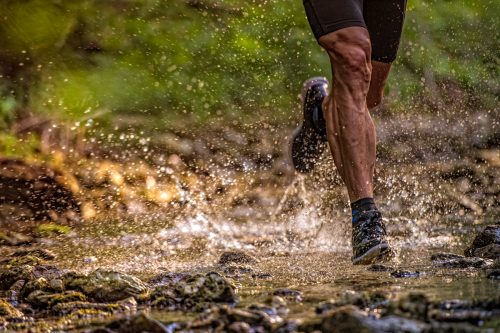If you are looking for a low impact exercise program to participate in, there are a host of options out there! But if you are not a social butterfly, taking an exercise class, either in-person or virtually might not be for you, which rules out several possibilities. If you are outdoorsy, then you might wonder if hiking is low-impact and appropriate for your situation. We have researched the ins and outs of what makes an activity low-impact and whether hiking falls into that category!
Hiking is considered to be a low-impact exercise, as it requires at least one foot on the ground, which reduces the risk of injury to the body. This makes it a good choice for those who have issues with their joints and muscles. If you want to increase the intensity of the workout, you can add a weighted pack, choose more difficult trails, or try trail running.
There is much to know about low-impact exercises, including hiking! Keep reading as we explore this subject in more detail!

What is a low impact activity?
Any activity that keeps one foot on the ground instead of having two feet off the ground at a given time, is considered low impact. Low impact exercises are gentler on the body, but not as efficient as high impact activities if you are looking for rapid weight loss.
What are the Differences Between High and Low Impact Exercises?
The differences between high and low impact exercises are like night and day! The main thing to remember is that they are both viable options when it comes to overall fitness. The type that is best for you will depend on your overall fitness and conditioning level. Always consult your primary care provider before starting on a new exercise program in order to choose one that is appropriate for our specific needs and goals!
Low Impact
Low impact exercises are ones where participants have one foot on the ground at a time. These types of exercise are easier on the body, particularly the muscles and joints, so are great for people who are exercise novices, pregnant, have arthritis or other joint issues, or are very overweight.
You can start doing low impact exercises at an easier intensity, then increase the difficulty as you grow stronger. They are great stepping stones for those just beginning a long fitness journey!
Some examples of low-impact exercises are:
- Walking
- Hiking
- Swimming
- Elliptical Machine
- Climbing stairs
High Impact
High impact exercises are more challenging from the get-go, often incorporating heart-pounding inducing movements and speeds, or jarring motions that can cause injury for those who are not capable of performing those kinds of activities. They can put stress on weak joints or muscles, causing unnecessary damage.
These exercises are fantastic for people who are at a higher level of fitness, or want and are able to lose weight more quickly. They are good for cardio training, as they boost your heart rate.
Examples of high-impact exercises are:
- Running
- Skiing
- Tennis
- Football
Can You Lose Weight With Low Impact Exercise?
While it might take a little more time than with high impact exercises, you can definitely lose weight with low impact exercises! As you build strength, it is also easy to increase the intensity, which will, in turn, increase the number of calories burned during a workout.
For example, when starting out hiking, you may choose flat, paved trails that are shorter and require minimal gear. As your fitness level improves, you can kick it up a notch by choosing trails with a higher difficulty rating or carrying a weighted pack. By increasing the intensity of the workout, you will increase the number of calories that you burn per session. It requires a caloric deficit of 3000 calories to lose one pound of fat, so if that is your goal, then you will really want to continue to watch your diet and push yourself physically, in a manner as recommended by your doctor.
Is Hiking Cardio or Strength Exercise?
Hiking is a great cardiovascular exercise that raises your heart rate as you trek up and down hills. It does so in a way that is joint-friendly. Hiking builds muscle mass, increases weight loss, reduces the risk of heart disease, and decreases blood pressure.
How Do You Build Strength for Hiking?

The joys of hiking can be addictive, and once you are out there, breathing in the fresh air, it can be very tempting to push yourself beyond your physical limitations so you can go "just one more mile." This can lead to injury if you are not careful!
Taking the time to build strength will help you prepare for longer and more challenging trails.
There are a lot of exercises that are ideal for increasing your strength and stamina, most of which you can do at home, with minimal equipment.
- Crunches- A strong core is critical for balance
- Push-ups-Builds strength in your arms, shoulders, and back, which you need to pull yourself up steep slopes and carry your gear.
- Squats and Lunges- These exercises build strength in your legs and glutes, increasing your endurance.
- Step-ups (and downs)- These also increase strength in the legs and glutes.
- Band Walks- these technically do require resistance bands, but you can still do them at home.
- Walk/run in the sand- If you are lucky enough to live near the beach, take a jog! The resistance of the sand makes it more difficult, and thus increases the benefits to your muscles, especially those that support your knees.
- Treadmill or Elliptical- Cardio is a necessity, plus these machines usually can be set to interval workouts that mimic trail hikes.
What is Considered a Strenuous Hike?

The fitness level of a hiker is ultimately what will determine what is or is not strenuous for that particular person. That being said, there is a standard trail rating system in place in most parks that stipulate what level of difficulty a trail is considered to be. Check your trail guide, park maps, and signage to confirm difficulty before taking on a trail. Hiking chatrooms and social media groups are great places to get real-life advice before your next trip.
- Easy: Low or no grade, possibly paved, with no obstacles. Appropriate for all hikers.
- Moderate: Small obstacles, like stones or roots, 10% grade, generally good condition. Hiker should be in good condition.
- Challenging: Increased elevation, generally good condition, more obstacles, may require some climbing. Hiker should be in good condition.
- Difficult: 15% grade, generally good condition, longer duration, increased obstacles. Hiker should be in excellent condition.
- Very Difficult: 20% or more grade, trails may not be regularly maintained, and may require climbing or scrambling. Hiker should be in excellent condition.
- Extreme: This trail is exceptionally difficult, and may not be clear or even marked. There may be extreme changes in elevation, with climbing or mountaineering required. May necessitate special survival-type knowledge. Hiker should be experienced and in excellent condition.
In Summary
Hiking is a low impact exercise that can be tailored to most levels of physical fitness. It is a cardio exercise that can also provide excellent health benefits, from weight loss to decreased blood pressure.
To learn more about this awesome sport, check out these other posts here on FitSeer.com!


![Read more about the article How To Clean A Bowling Ball At Home [Inc. With Dish Soap]](https://fitseer.com/wp-content/uploads/2022/04/pair-of-hands-holding-a-bowling-ball-and-polishing-pad-500x333.jpg)



